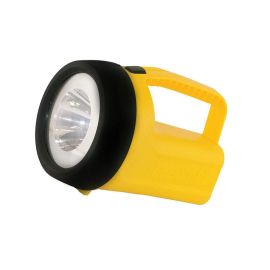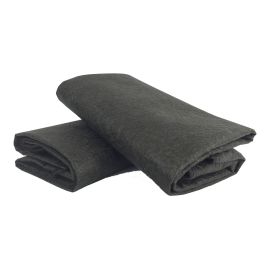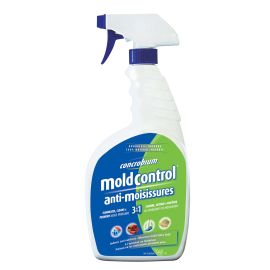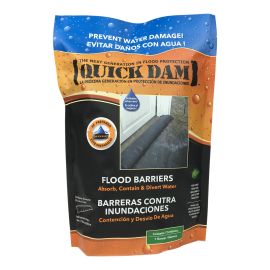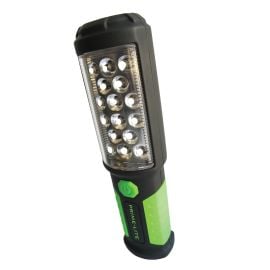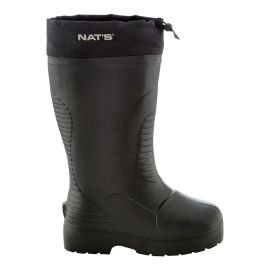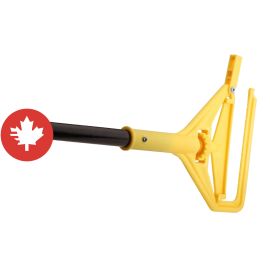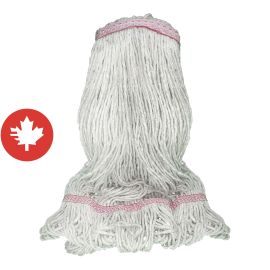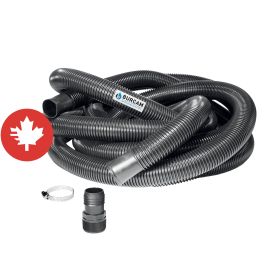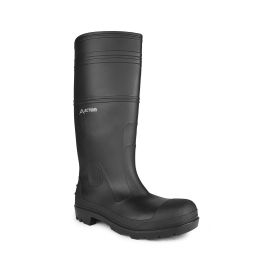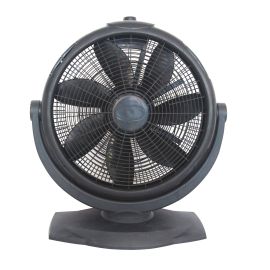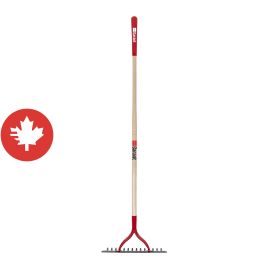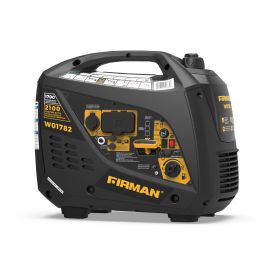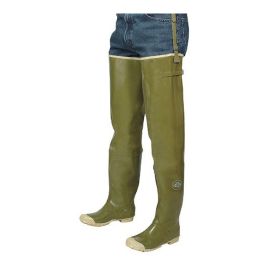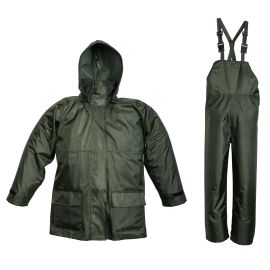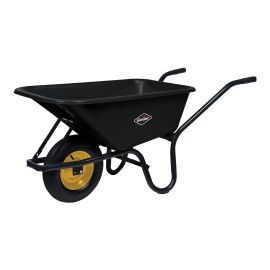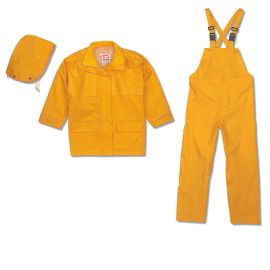Thawing season can be a source of anxiety for many homeowners living near a body of water. Here is our checklist of things you can do to reduce the risk of flooding in your home this spring.
1. Check that your sump pump is working properly. You can also get a battery-operated backup pump to use in case of a power outage.
2. Check that your basement drains are not blocked or clogged. You can also install check valves on them to prevent sewer backups.
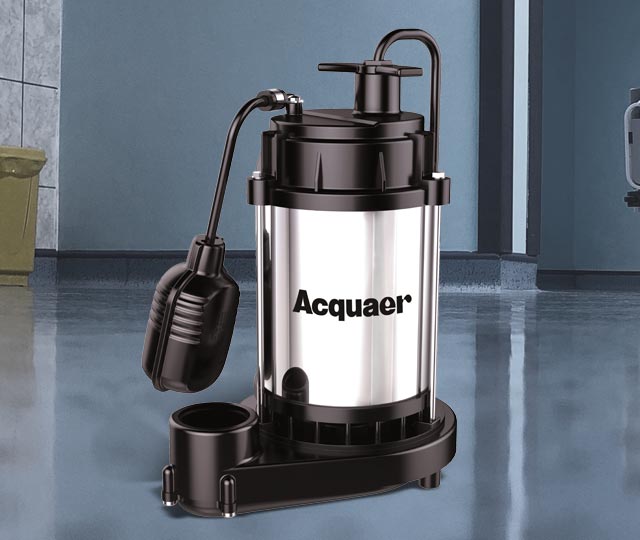

3. Caulk your basement doors and window frames to keep water out.
4. Store important documents in waterproof containers above the potential water line in case of flooding.
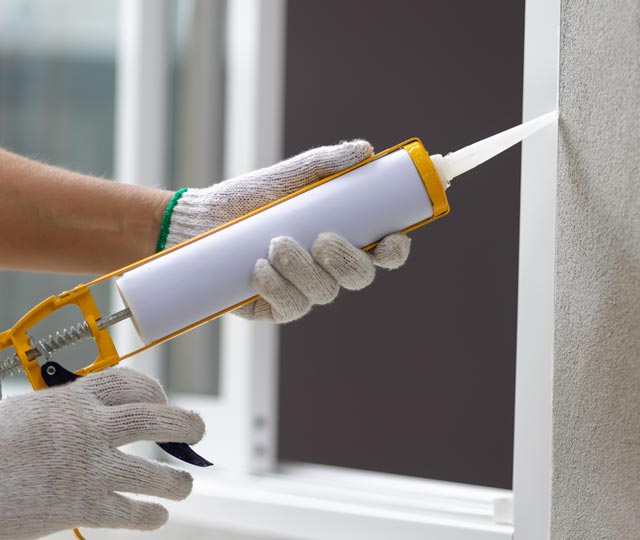

5. If you are often away from your home or cottage, consider installing a smart water leak detector to alert you immediately of any flooding.
6. Clean out your gutters and make sure the rainwater drains away from the house.
7. Check for any debris that could be blocking the storm drain nearest to your property. Remove any branches or dead leaves. In the winter, shovel around the storm drain to keep the snow from blocking the water flow.
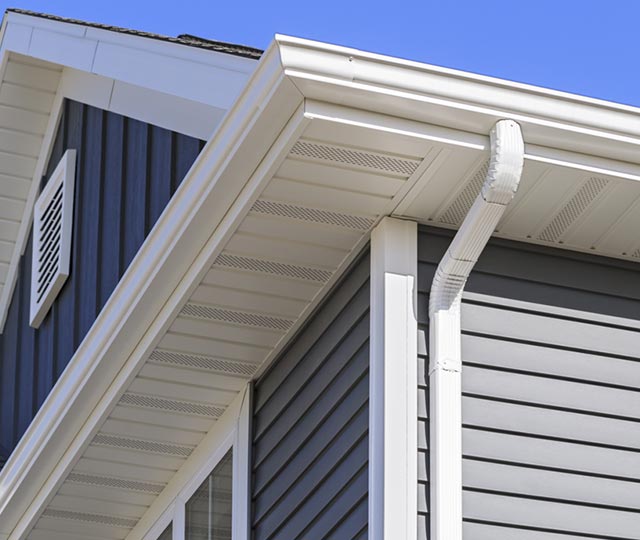

8. Install flood barriers around your basement doors and windows. You can get ones that inflate automatically when wet—no sand required.
9. Since spring flooding is often accompanied by power outages, put together an emergency kit with food, water, flashlights and batteries, in case you have to go a few days without electricity.
10. Make an emergency evacuation plan with your loved ones. If ever you are in immediate danger, make sure your breaker box and surrounding area are completely dry and turn off the power.
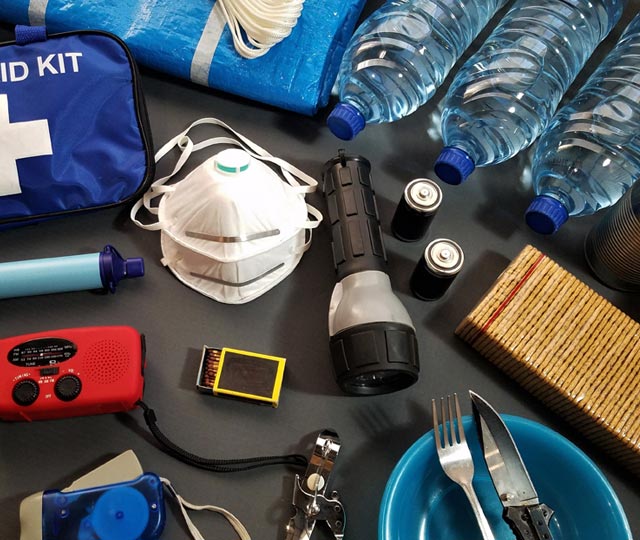

If your home sustains flood damage despite these precautions, always make sure it is safe before going back inside and contact your insurance provider. You should also contact your municipality to inform them of your situation, as there may be services available to you. Then, you can start cleaning up.
Other resources:
Government of Québec Website - Flooding
Government of Canada Website - Flood ready
